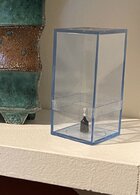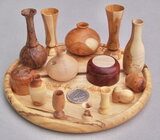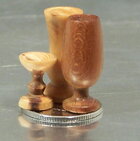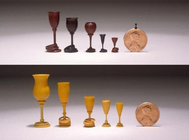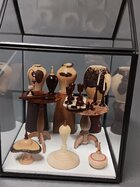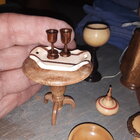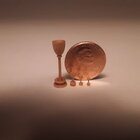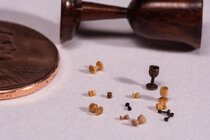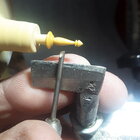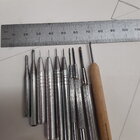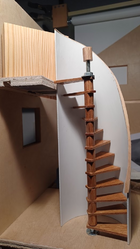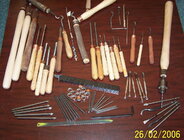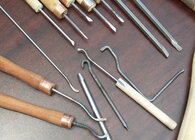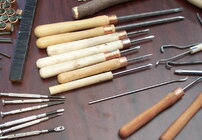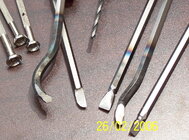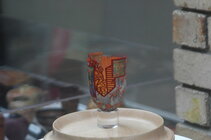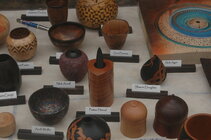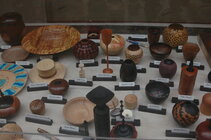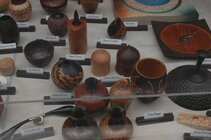Hi guys
The topic and demonstration of our monthly meeting yesterday (Sat 15th) was turning miniatures.
The question came up "what size is considered a miniature" is there an agreed size? We've all seen the competitions /project where we start with a 150mm(6 inch) or 100mm (4 inch) cube and have to turn something from that, I definitely wouldn't consider those sizes miniatures.
Is there an agreed size below which a jury/judge consider a miniature? Consensus at the meeting seems to point to a 50mm cube being a miniature.
Any thought on the matter
The topic and demonstration of our monthly meeting yesterday (Sat 15th) was turning miniatures.
The question came up "what size is considered a miniature" is there an agreed size? We've all seen the competitions /project where we start with a 150mm(6 inch) or 100mm (4 inch) cube and have to turn something from that, I definitely wouldn't consider those sizes miniatures.
Is there an agreed size below which a jury/judge consider a miniature? Consensus at the meeting seems to point to a 50mm cube being a miniature.
Any thought on the matter

